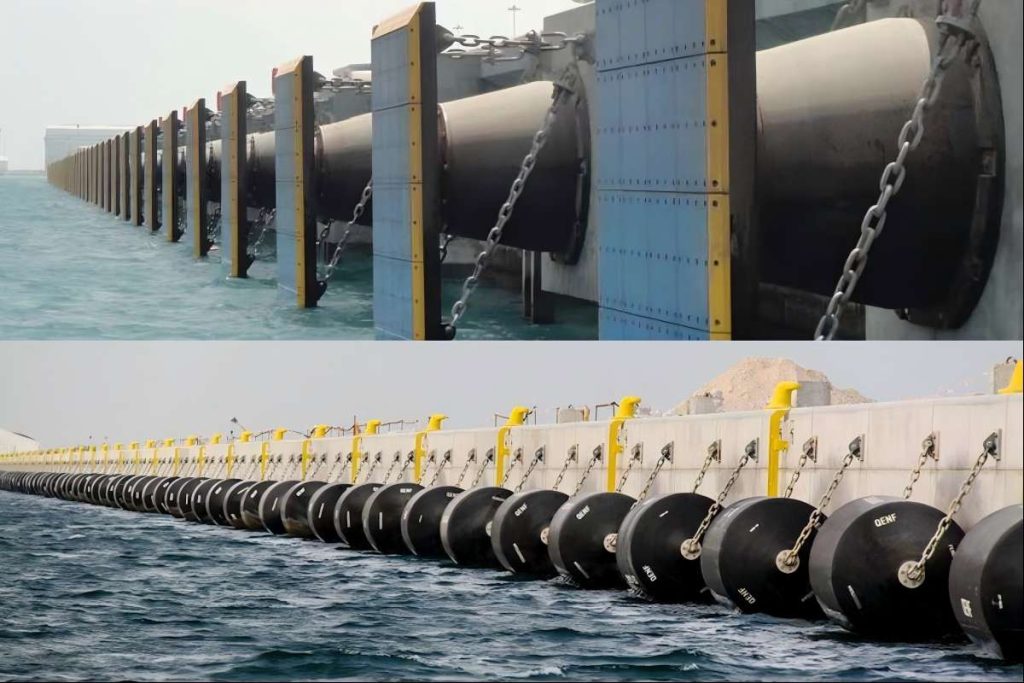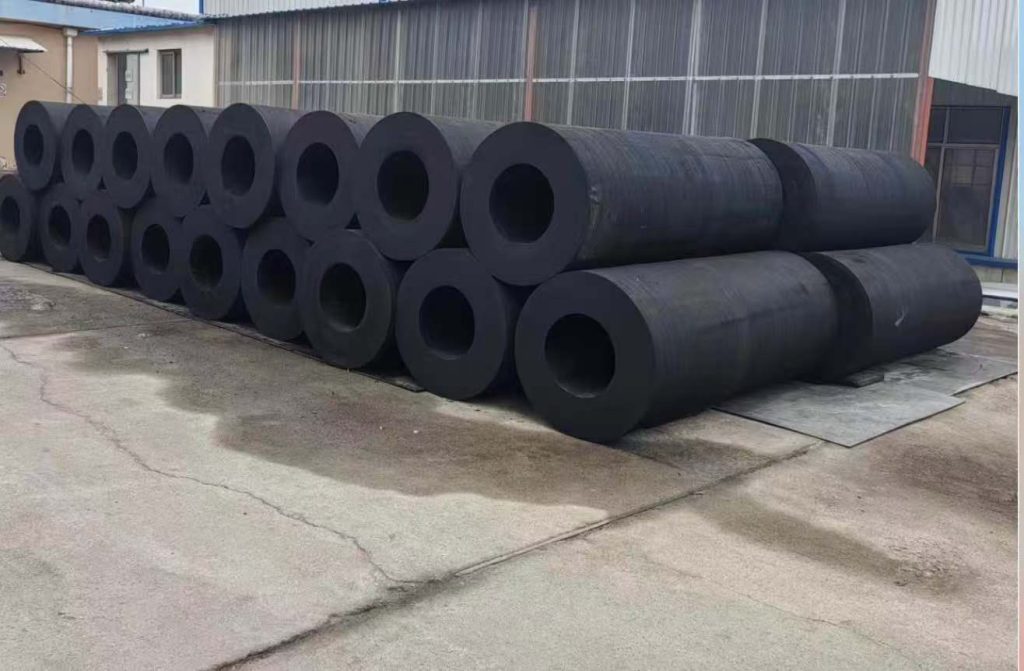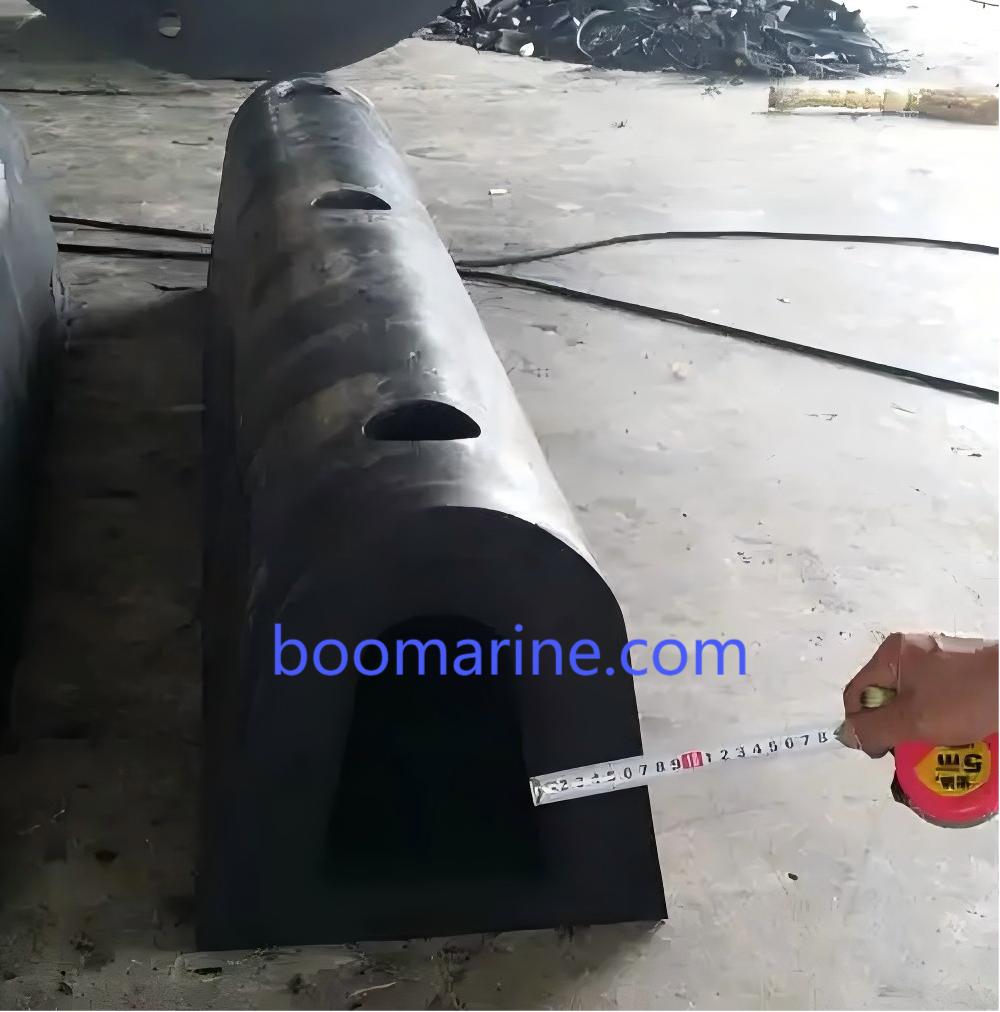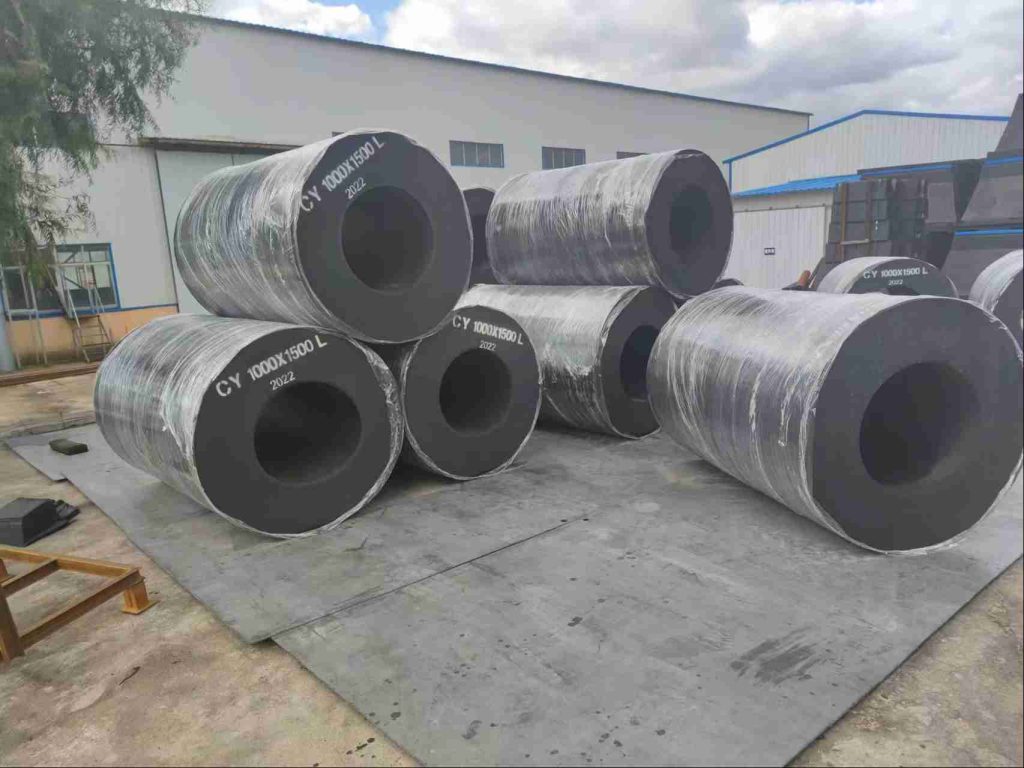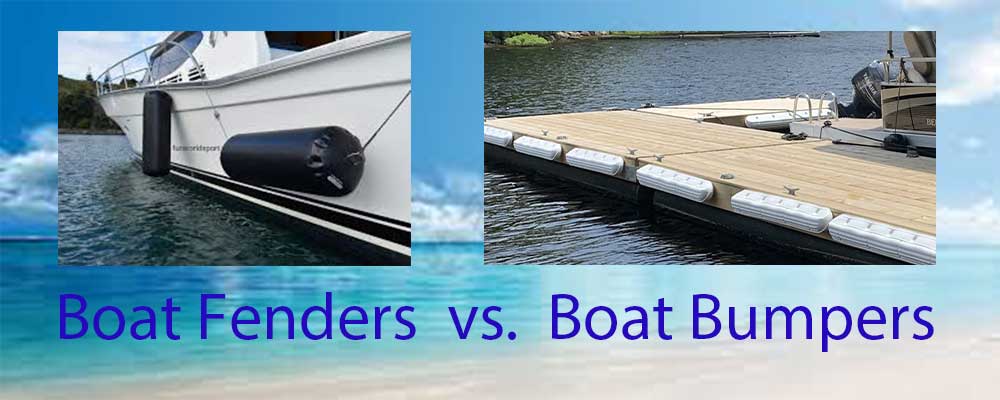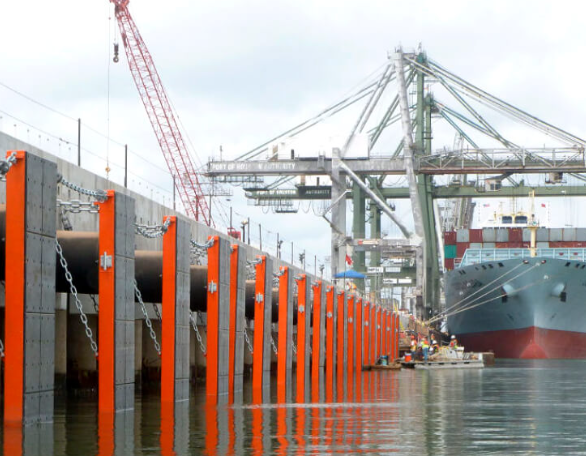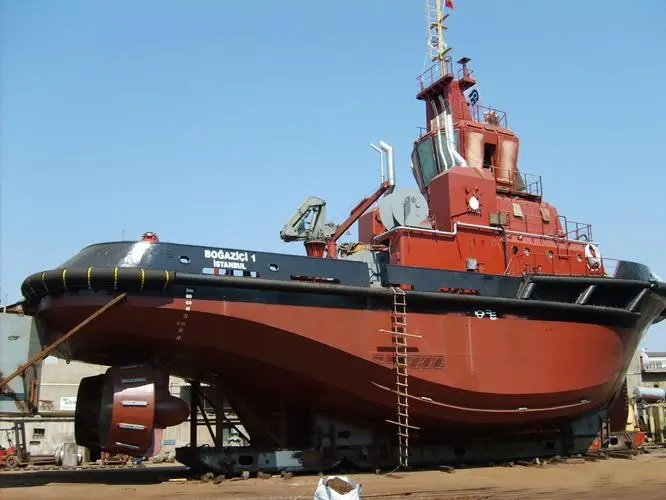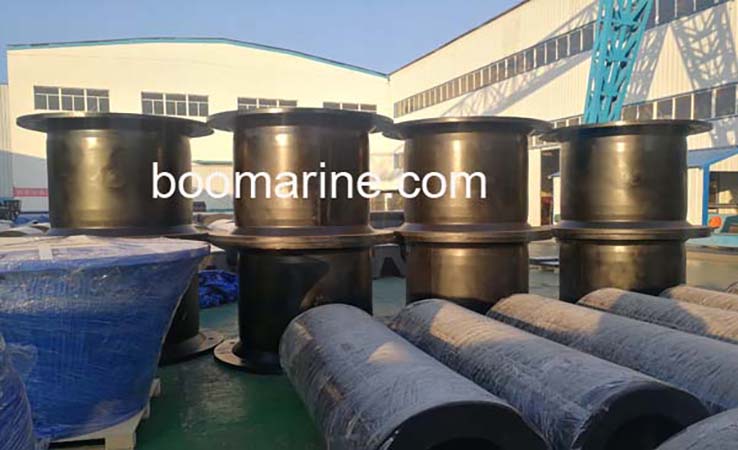Marine fenders are essential equipment to protect vessels and berthing structures from damage during docking and undocking. With a wide range of materials available for fender construction, choosing the right one is crucial to ensure optimal performance and longevity. Rubber, with its unique properties, has emerged as the preferred material for marine fenders due to its superior performance and durability.
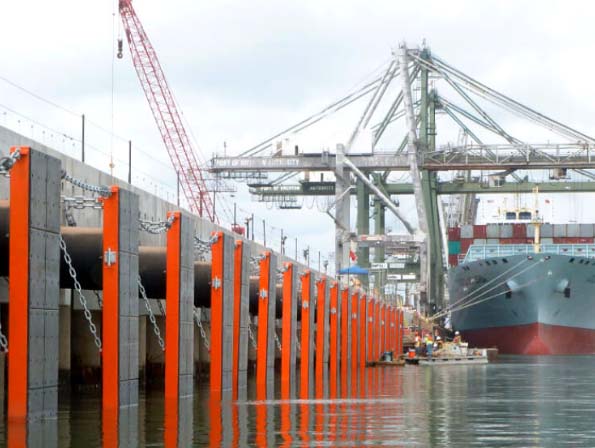
The Role of Marine Fenders
Marine fenders are strategically placed to absorb these forces, minimizing damage and ensuring the safety of both the vessel and the infrastructure. These are the key functions of marine fenders:
- Energy Absorption: Fenders are designed to dissipate the kinetic energy generated during impact, reducing the force transmitted to the vessel and the structure.
- Impact Resistance: They must be durable and resilient, capable of withstanding repeated impacts without significant damage or deformation.
- Weather Resistance: Marine fenders are exposed to harsh marine environments, including saltwater, UV radiation, and extreme temperature fluctuations. They must be resistant to these elements to maintain their performance and longevity.
- Versatility: Fenders come in various shapes, sizes, and materials to accommodate different vessel sizes, berthing conditions, and specific requirements.
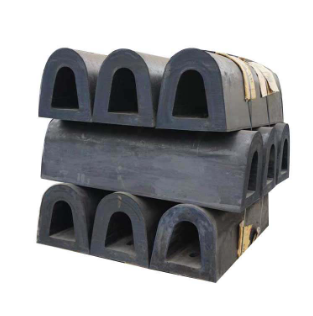
The Advantages of Rubber as a Fender Material
Rubber has emerged as the preferred material for marine fenders due to its exceptional properties and performance.
Advantage 1: Durability and Longevity
- High Resistance to Abrasion, Impact, and Weathering: Rubber possesses excellent resistance to abrasion, impact, and weathering. Its molecular structure allows it to flex and absorb energy without breaking down, ensuring long-lasting performance.
- Long Lifespan, Reducing Maintenance Costs: Rubber fenders are known for their longevity. Their durability minimizes the need for frequent repairs and replacements, reducing maintenance costs over time.
Advantage 2: Energy Absorption
- Superior Shock Absorption Capabilities: Rubber’s elastic properties enable it to absorb and dissipate impact energy effectively. This reduces the force transmitted to the vessel and the structure, minimizing damage.
- Minimizes Damage to Vessels and Berthing Structures: By mitigating the impact forces, rubber fenders help protect both vessels and berthing structures from costly damage, ensuring their longevity and operational efficiency.
Advantage 3: Versatility
- Wide Range of Shapes, Sizes, and Hardness Levels: Rubber fenders are available in a wide range of shapes, sizes, and hardness levels to suit various applications. This versatility allows for tailored solutions to meet specific needs, such as accommodating different vessel sizes and berthing conditions.
- Customizable Solutions for Specific Needs: Rubber fenders can be customized to meet specific requirements, including the addition of fenders with integrated mooring cleats or other specialized features.
Advantage 4: Environmental Friendliness
- Non-Toxic and Recyclable: Rubber fenders are non-toxic and can be recycled at the end of their lifespan, minimizing their environmental impact.
- Minimal Impact on Marine Ecosystems: Rubber fenders are designed to be environmentally friendly, with minimal impact on marine ecosystems. Their non-toxic nature ensures that they do not harm marine life or pollute the water.
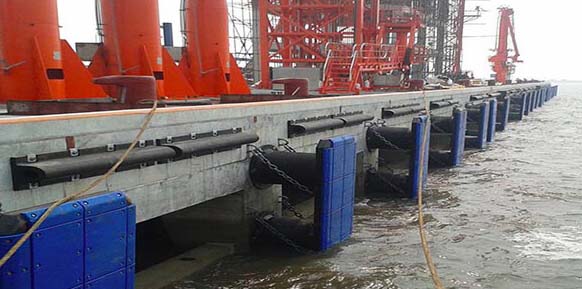
Rubber vs. Other Fender Materials
While various materials have been used for marine fenders throughout history, rubber has proven to be the most effective and durable option. There is a comparison with traditional materials.
1. Wood
- Susceptible to rot, decay, and marine borers, especially in harsh marine environments.
- Requires frequent maintenance and replacement, increasing costs.
- Limited energy absorption capabilities, leading to increased risk of damage to vessels and structures.
2. Metal
- Prone to corrosion, especially in saltwater environments, reducing its lifespan.
- Can be rigid and inflexible, limiting its ability to absorb impact energy.
- Requires regular maintenance, including painting and rust prevention, to maintain its performance.
3. Concrete
- Heavy and rigid, making it difficult to install and transport.
- Limited energy absorption capabilities, increasing the risk of damage to vessels and structures.
- Susceptible to cracking and damage from impact forces.
Rubber Is the Smart Choice for Marine Fendering
Rubber has emerged as the optimal material for marine fenders due to its exceptional properties and performance. Its durability, energy absorption capabilities, versatility, and environmental friendliness make it the ideal choice for protecting vessels and berthing structures.
When selecting rubber fenders, it is crucial to choose high-quality products from reputable marine equipment manufacturers such as Boomarine. High-quality fenders are designed to withstand the rigors of the marine environment and provide long-lasting protection.

